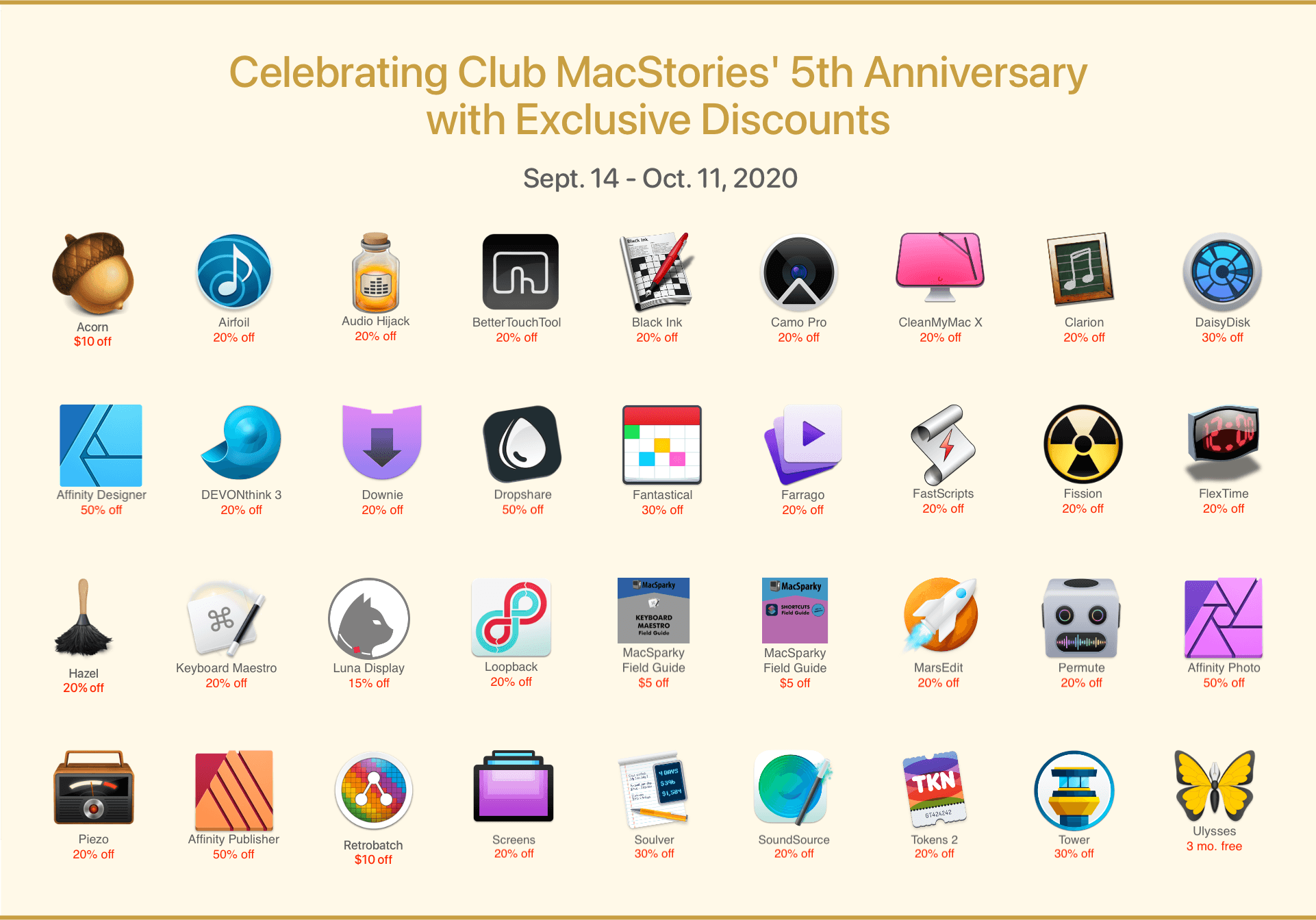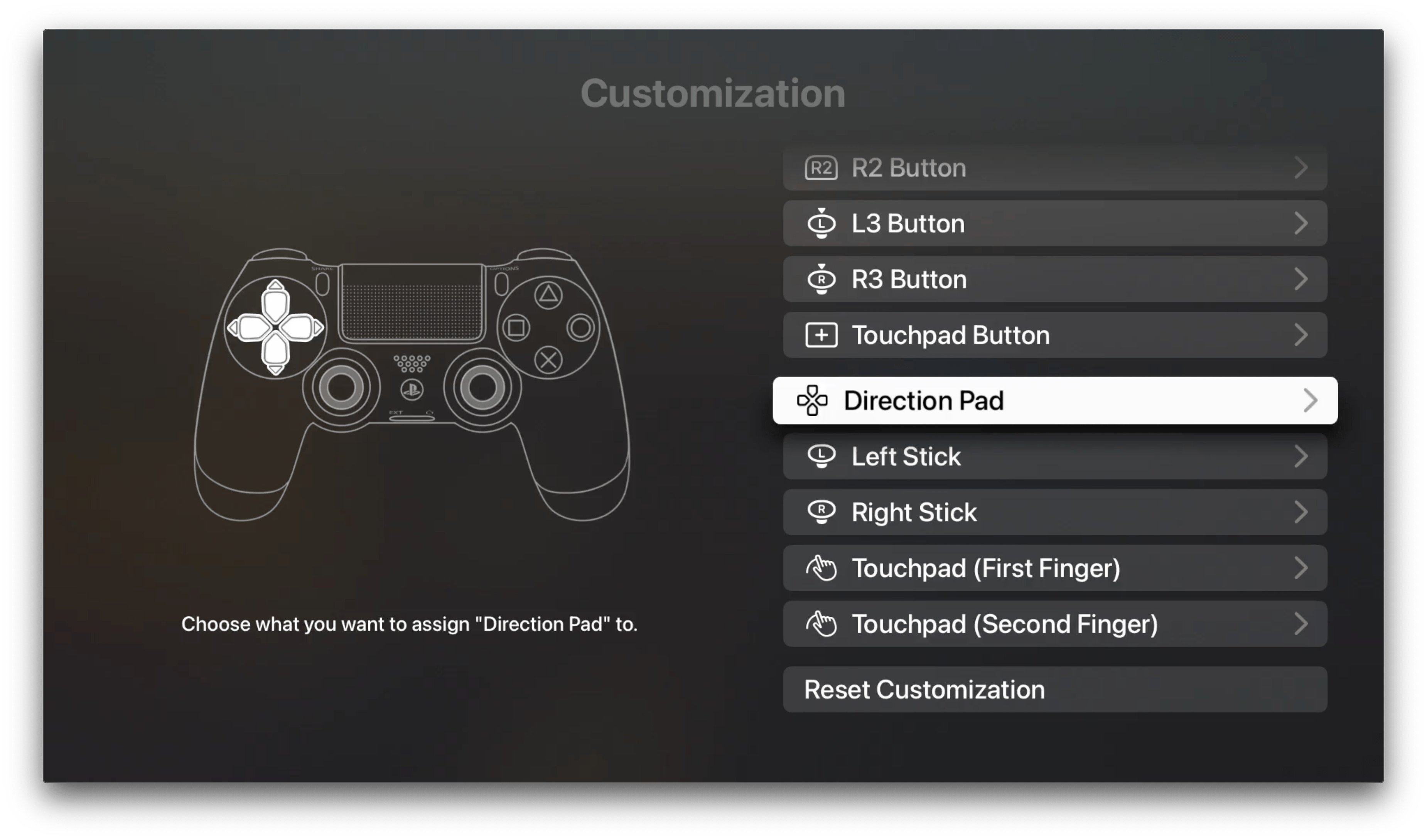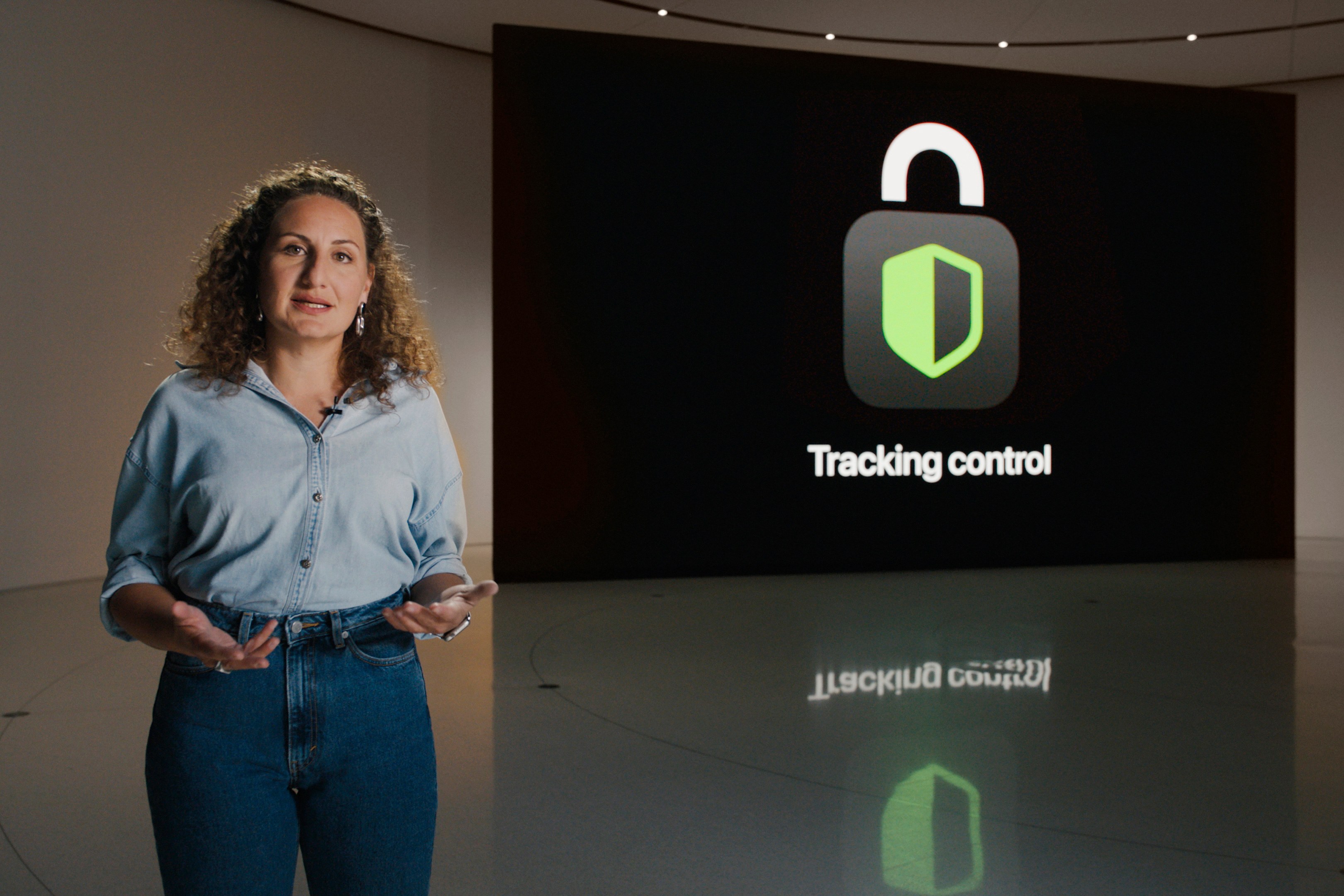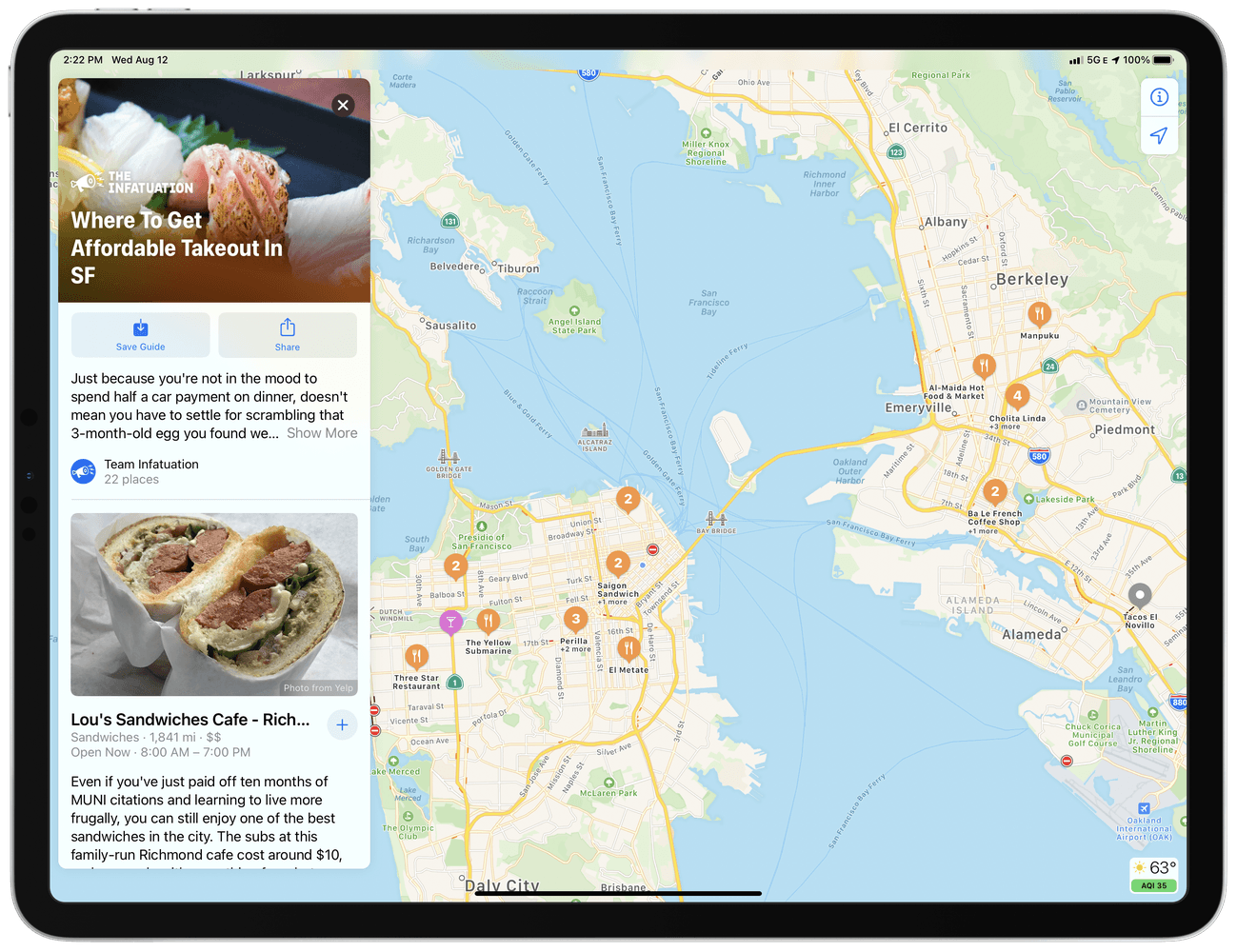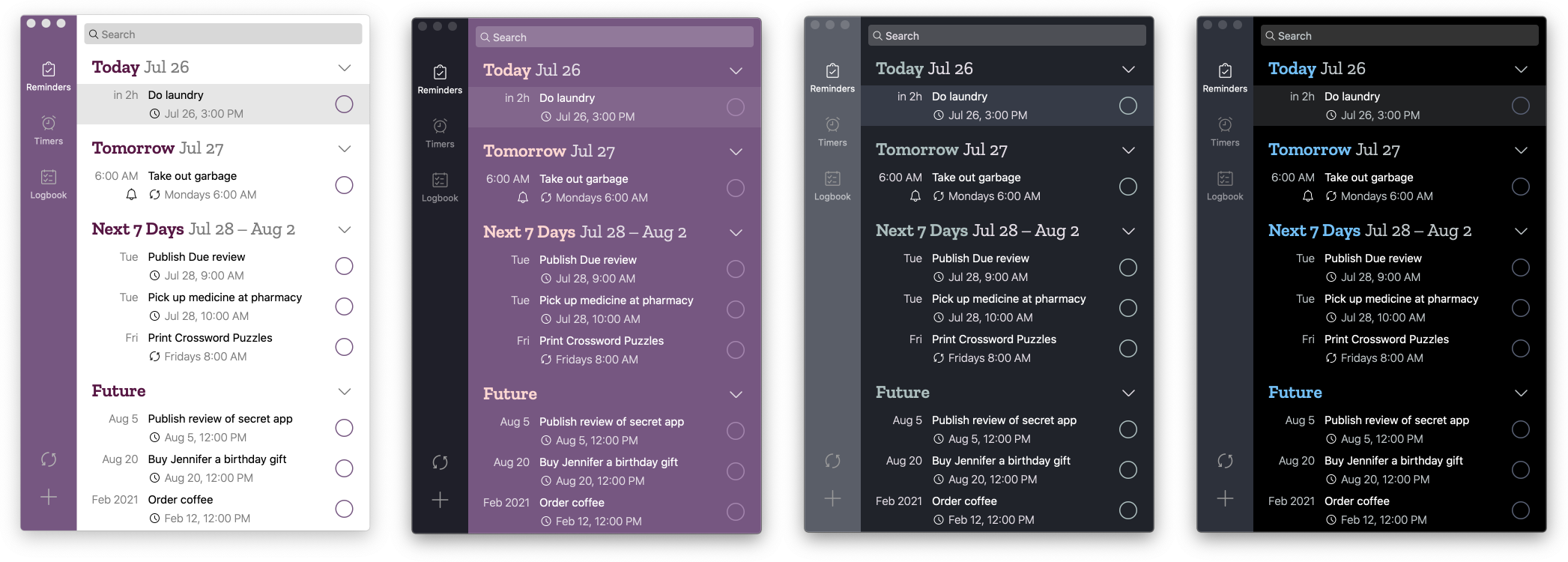Today marks the fifth anniversary of Club MacStories. For the past five years, the Club has grown to become an integral part of what MacStories is. It’s the fuel that has allowed us to do more on the site, add new perks for Club members, and expand into podcasts.
Thank you to all of our Club members, past and present. You’re a big part of what allows us to do what we love, and we truly appreciate it. A special thanks to those of you who have been along for the ride for all five years too. There are quite a few of you, and your loyalty is humbling.
To celebrate this year’s anniversary, we’ve got a lot planned over the next four weeks:
- App, Service, and Hardware Discounts: Below are discounts from developers of some of our favorite apps, services, and hardware.
- App Giveaways: We periodically do app giveaways in MacStories Weekly, one of the Club’s email newsletters, but we’re taking that to a whole new level over the next four weeks, as you’ll begin to see in this Friday’s issue.
- eBooks: When Federico’s iOS and iPadOS 14 review is published, and we’ve concluded our Summer OS Preview series, both will be available as eBooks exclusively to Club members.
- Shortcuts and Automations: Alongside his review, Federico will share a set of advanced iOS 14 shortcuts and automations in MacStories Weekly.
- ’Making Of’ the iOS 14 Review: When Federico’s review is published, we’ll have a behind-the-scenes look at the making of the review in MacStories Weekly.
- MacStories Unplugged: We’ll also publish special episodes of MacStories Unplugged, our Club podcast, covering the nerdy, behind-the-scenes details of Federico’s review and our favorite iOS and iPadOS 14 apps.
- Surprises: Of course, it wouldn’t be a MacStories celebration without a few surprises, so keep an eye on MacStories Weekly for more details in the coming weeks.


